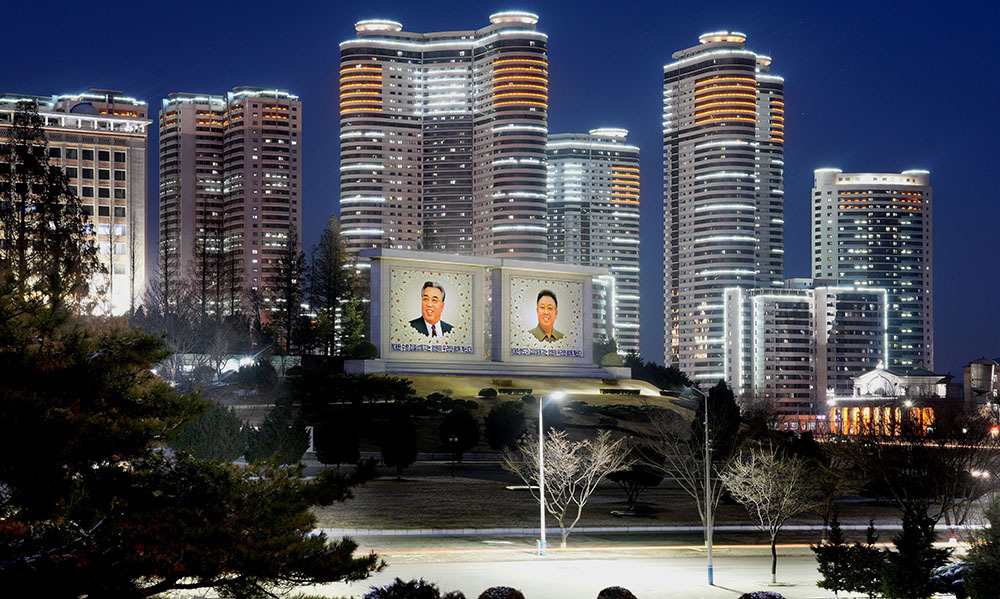this post was submitted on 12 Sep 2024
110 points (100.0% liked)
Chapotraphouse
14186 readers
618 users here now
Banned? DM Wmill to appeal.
No anti-nautilism posts. See: Eco-fascism Primer
Slop posts go in c/slop. Don't post low-hanging fruit here.
founded 4 years ago
MODERATORS
you are viewing a single comment's thread
view the rest of the comments
view the rest of the comments

basically the military took fewer pictures and worse pictures.
-- Earth at Night